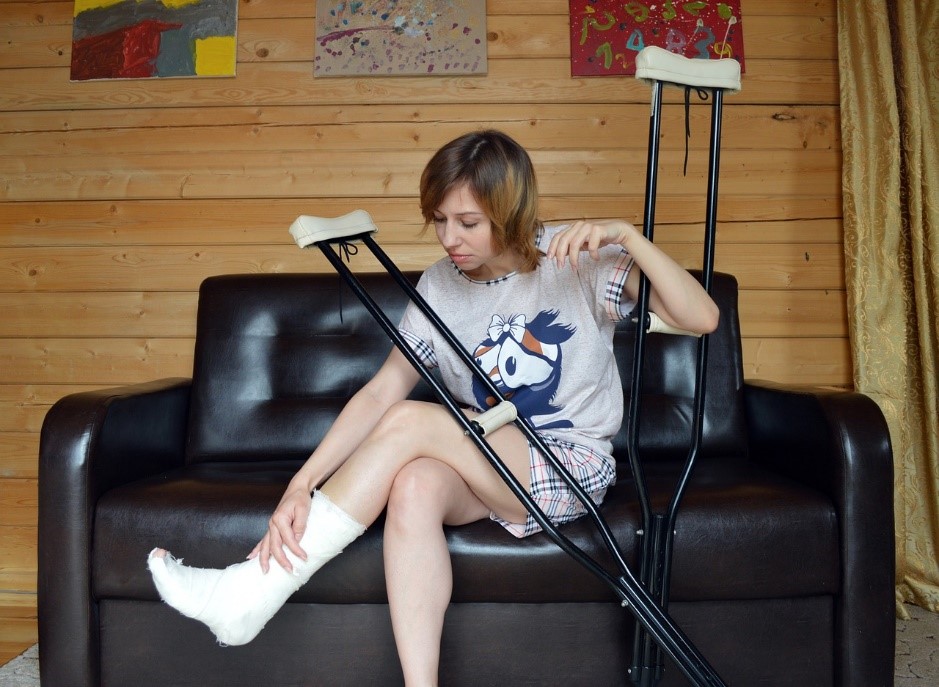Staff Injury... it happens more than most organizations are willing to admit.
Here are some of the phrases we heard when we started to talk with organizations that were now looking for a better Crisis Management System regarding Staff Injury:
“I didn’t get into this field to become a punching bag.”
“Staff were so afraid of being bitten by him that we were walking on eggshells all year long, every day.”
“My organization has a reputation of having a lot of staff injuries and can’t find good talent.”
“Our current physical procedures break down and my staff get hurt.”
“It is difficult to find temporary replacements for my staff members if injured.”
“Would like to spend less time and resources on finding and training new staff, due to them leaving because of these injuries.”
How does staff injury affect my organization?
Injury is a concern not only for the clients/students you serve, but also for staff involved with these individuals.
- Your staff may need frequent medical attention due to injuries caused by client/student aggression which is amplified by restraints that break down, are ineffective or were not trained to fluency.
- You may have key staff members who have been injured and become unable to work for a disruptive amount of time.
- You may even find that these injuries affect staff retention, and more resources are spent on finding new staff and training them your organizations standards.
- Staff injury leads to increases in Workman’s Compensation premiums, a reduction in staff morale, an increase in staff turnover, ultimately making meeting the mission of the organization more difficult

Here is how Staff Injury can become a Rare Event
Having an effective crisis management system in place that ensures physical interventions are done safely and competently can dramatically reduce these risks related to staff injury.
Such a system must have a wide range of options ranging from non-physical prevention strategies all the way to physical procedures that can safely manage a strong, aggressive adult. Effective physical interventions should always be non-painful and non-coercive yet strong and stable enough to prevent escape and injury to both staff and clients/students. Additionally staff must understand when to start an effective physical intervention in order to minimize the risk of injury due to an extended unchecked behavioral episode.
This leaves you with a lower Worksman’s Compensation premium, increased staff morale and retaining your staff, and ultimately letting you focus more of your resources on meeting your organization's initial mission.
This is exactly what PCMA has been delivering for years.
Testimonial

"Professional Crisis Management (PCM) is so much more than just crisis management. The program has helped my organization create a culture allowing us to advance our service delivery model in Northern California.
Following a PCM training, increased staff safety and confidence is noticeable. PCM allows my staff to focus on treatment and keeps workers compensation premiums to a minimum. Because of this I require all of my staff to become PCM certified within sixty days of employment.
I consider PCM to be superior to other crisis management programs. Prior to PCM, I was trained in other crisis management programs, and found it almost impossible to work with severe problem behavior and give effective treatment. I had very few choices to ethically ensure the safety of my staff and the people we serve. With PCM however, my organization has an effective tool to keep my clients and staff safe."
Jesse Daniel, M.A., BCBA Advanced Crisis Solutions Inc. - CEO

